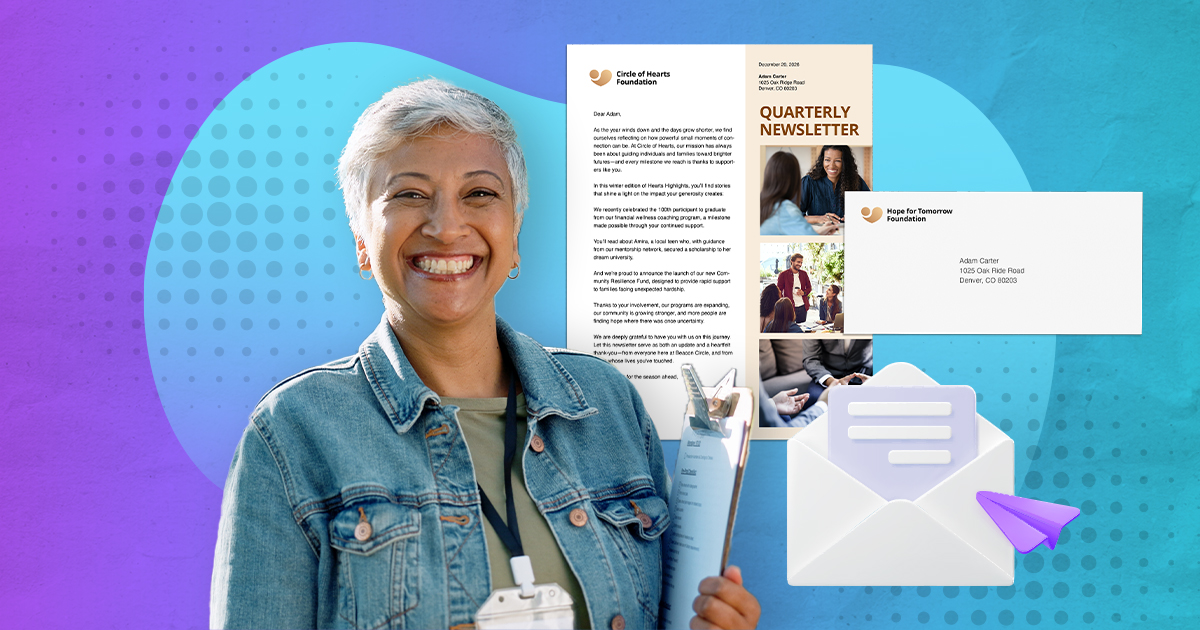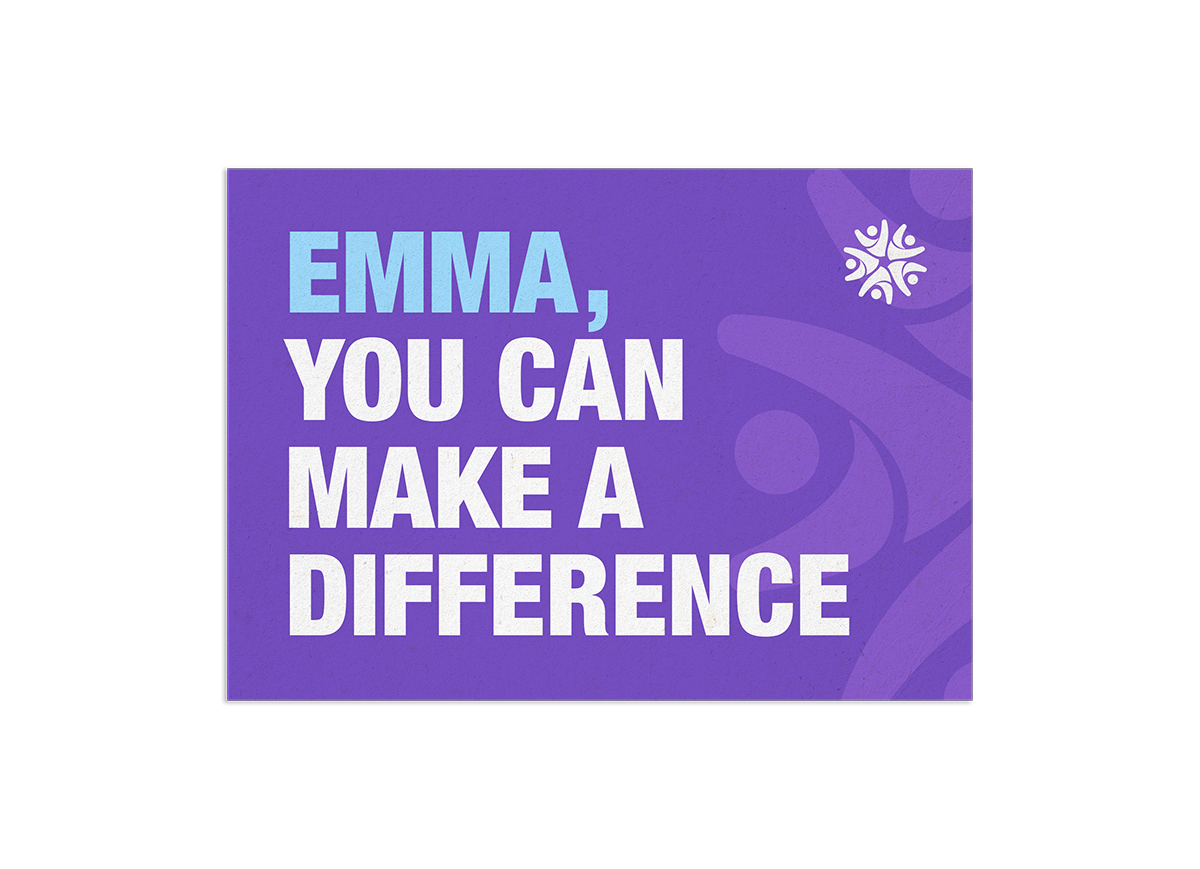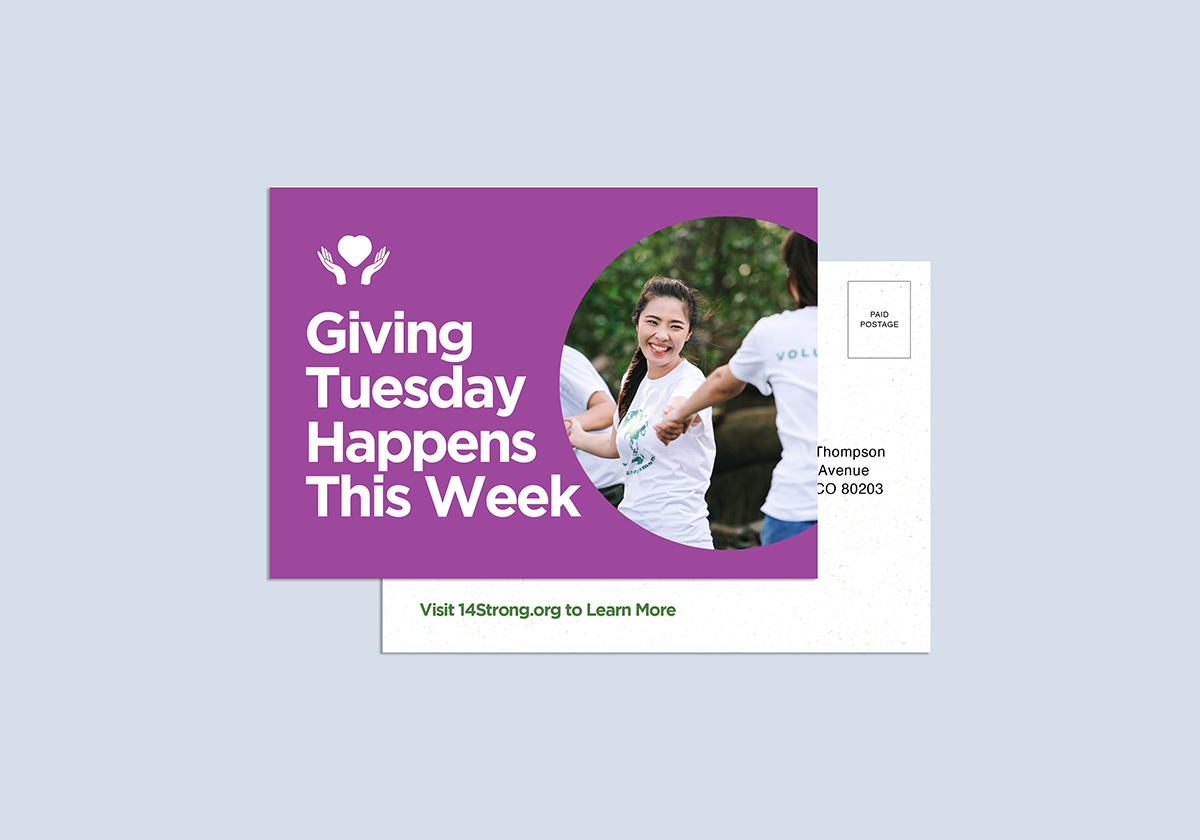07/17/2025

10 Ways Direct Mail Can Elevate Your Nonprofit’s Impact

Here are some basics to follow when considering—or reconsidering—direct mail as part of your nonprofit’s outreach strategy:
1. Clearly Define Your Target Audience
- Segmentation Example: A nonprofit might segment its audience into individual donors, corporate sponsors, alumni, and community members. For instance, alumni could receive updates on scholarship programs they helped fund, while corporate sponsors get tailored partnership proposals.
- Data Utilization: Leverage demographic, geographic, and behavioral data to tailor your messaging. For example, send program-specific updates to donors who have supported similar initiatives in the past.

2. Set Specific Goals
- Goal-Setting Example: A nonprofit might aim to increase event attendance or boost recurring donations through a direct mail campaign. Clear objectives help measure success and refine strategies.
- Metrics for Success: Track response rates, donation amounts, and new volunteer sign-ups to evaluate campaign performance and inform future efforts.
3. Personalize Your Message
- Personalization Example: Address donors by name and reference their past contributions (e.g., “Your gift helped provide 500 meals last year!”). For corporate sponsors, highlight how their funding has advanced specific programs.
- Data-Driven Content: Use donor history to create targeted appeals, such as sending volunteer opportunities to active community members or program updates to major donors.

4. Design for Impact
- Visual-Appeal Example: Use high-quality images of beneficiaries or impactful moments from your programs. For example, include photos of children receiving school supplies or volunteers in action at a community event.
- Strong Call-to-Action (CTA): Include clear CTAs, such as “Donate Today,” “Join Us,” or “Sign Up to Volunteer” to encourage immediate action.
5. Integrate with Digital Marketing
- Omnichannel Strategy Example: Add QR codes linking to donation pages, event registrations, or videos showcasing your mission. This creates a seamless transition from physical mail to online engagement.
- Consistent Messaging: Ensure alignment across direct mail, email campaigns, and social media posts to reinforce your message and build trust.

6. Test and Track Results
- A/B Testing Example: Test different formats (e.g., postcards vs. letters) or messaging (e.g., emotional storytelling vs. data-driven appeals) to see what resonates most with your audience.
- Performance Metrics: Monitor response rates, donation amounts, and volunteer sign-ups to assess effectiveness and make data-driven improvements.
7. Consider the Format
- Format Selection Example: Use postcards for quick updates or invitations and brochures for detailed program information or annual reports. For example, send a postcard inviting donors to a gala and a booklet summarizing the event’s impact afterward.
- Innovative Formats: Experiment with unique formats, such as snap packs or bi-fold mailers, that stand out in the mailbox and encourage engagement.
8. Use a Compelling Offer
- Incentive Example: Offer matching-gift opportunities (e.g., “Your donation will be doubled this month!”) or exclusive event access for major donors or sponsors as incentives to give.
- Value Proposition: Clearly communicate the impact of donations (e.g., “Every $25 feeds a family for a week”) or the benefits of volunteering (e.g., “Join us in creating lasting change”).

9. Time Your Campaign Strategically
- Timing Example: Launch campaigns during "Giving Tuesday," a holiday season, or awareness months tied to your cause (e.g., Breast Cancer Awareness Month).
- Lifecycle Stages: Tailor mailers based on donor engagement stages—for example, sending thank-you notes after first-time donations or milestone celebrations for long-term supporters.
10. Partner with a Reliable Printing and Mailing Service
- Expertise Example: Work with providers experienced in nonprofit direct mail campaigns who can ensure high-quality production and delivery while helping you optimize costs and compliance with postal regulations.



